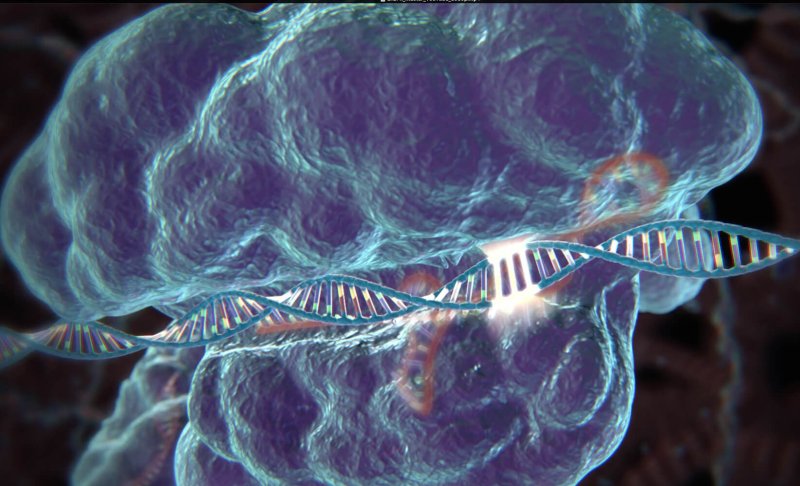The GLP aggregated and excerpted this blog/article to reflect the diversity of news, opinion and analysis.
Alexander Schier simply wanted to make sure he destroyed a gene in zebrafish embryos, so he turned to the genome-editing system known as CRISPR. But Schier, a developmental biologist at Harvard University, ended up doing more than knocking out a gene. He and colleagues devised a new way to mark and trace cells in a developing animal. In its first test, described in Science, the researchers used CRISPR-induced mutations to reveal a surprise: Many tissues and organs in adult zebrafish form from just a few embryonic cells.
Schier and his colleagues took advantage of what Harvard geneticist George Church calls CRISPR’s “genome vandalism.” In normal CRISPR editing, a so-called guide RNA precisely targets the enzyme Cas9 to a particular site in the genome so that it can break the double-stranded DNA there. In one of CRISPR’s original uses, a template DNA tells the cell’s machinery how to repair the double-stranded break, allowing edits as precise as the changing of a single nucleotide.
Read full, original post: Genome editor CRISPR helps trace growth of embryos – and maybe cancer next































